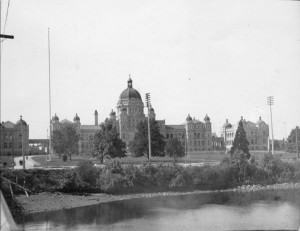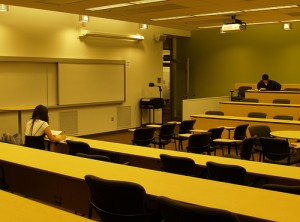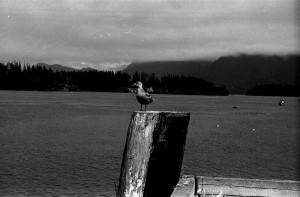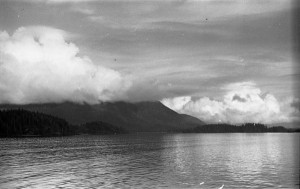Inspired by the article The Behaviour of the Researcher of the Future (the “Google Generation”) by David Nicholas, iFormations are sets of studies exploring the subtle links between information, knowledge and meaning. Over the past decade, as the letter “i” became interchangeably associated with information, individual and the internet technologies, the integration of the three components deepened and solidified. This new entity’s hybridity, while boasting blink-of-an-eye-speeds and access to an unimaginable density of informational nodes, is often ill-equipped when it comes to synthesizing the iContent, having no adequate information literacy skills.
Through the iFormations, each individual artist proposes different scenarios for reconsidering the ways we engage with and understand information. By excluding interactivity and by including pieces that take time to decode, differences between reading and viewing information are made evident.
Nathan McNinch examines a set of natural information-carriers, namely pollen and light, fluid mediums which become immortalized through a mechanized filter of computer generated sketches. The viewer is invited to reflect on the alternative methods of circulation of information and on the implications of such processes.
Kevin Day evokes the specificity of the contemporary bouncing-web-navigation versus the traditional browsing experience in relation to books, the key disseminators of knowledge. By following the leads of Wikipedia, he traces the lines of crosspollination from one influential thinker to another, revealing the intertextuality of knowledge in a visual display of related volumes.
Yan Luo carries on the discussion on the nature of knowledge by attempting to destroy the sacred, reified state of one of the seminal texts from a theoretical canon. By deconstructing the verbal sequences, coherence and meaning are lost; the viewer is caught between the desire to understand and the illegibility of text turned into images. In another study, Luo probes the contrasts between the perceived stillness of knowledge and the dynamism of individuals within the library. Through long-exposure photography, light is slowly captured to produce images of movement through movement. This active process, however, turns static once the photograph is produced and one is faced with the question of what is really stagnant, the individual methodologies of accessing information or the book-information-knowledge.
To see more photos of this exhibition, please find here.






